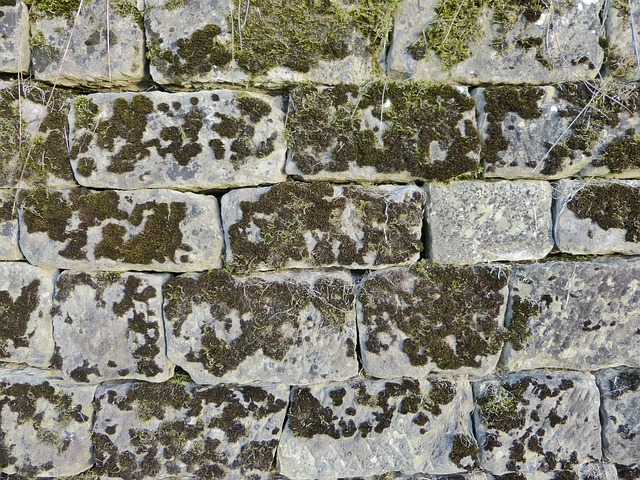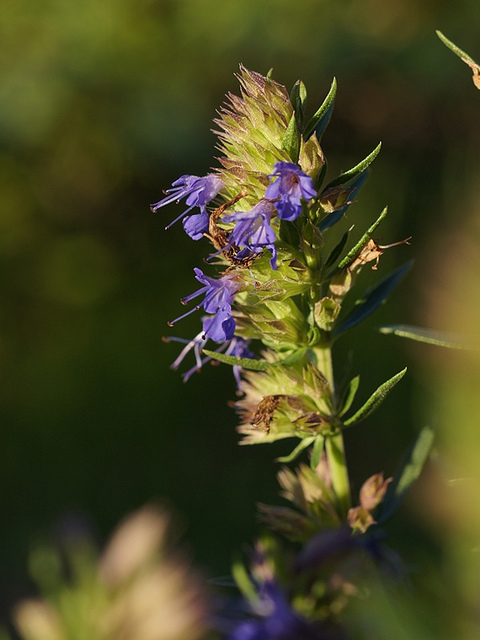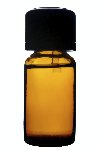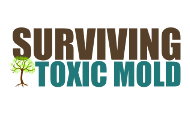Mold Procedures: Leviticus chapter 14
Mold Testing
 33 The LORD said to Moses and Aaron,
33 The LORD said to Moses and Aaron,
34 “When you enter the land of Canaan, which I am giving you as your possession, and I put a spreading mildew in a house in that land,
35 the owner of the house must go and tell the priest, ‘I have seen something that looks like mildew in my house.’
36 The priest is to order the house to be emptied before he goes in to examine the mildew, so that nothing in the house will be pronounced unclean. After this the priest is to go in and inspect the house.
37 He is to examine the mildew on the walls, and if it has greenish or reddish depressions that appear to be deeper than the surface of the wall,
38 the priest shall go out the doorway of the house and close it up for seven days.
39 On the seventh day the priest shall return to inspect the house. If the mildew has spread on the walls,
40 he is to order that the contaminated stones be torn out and thrown into an unclean place outside the town.
Mold Removal
41 He must have all the inside walls of the house scraped and the material that is scraped off dumped into an unclean place outside the town.
42 Then they are to take other stones to replace these and take new clay and plaster the house.
43 “If the mildew reappears in the house after the stones have been torn out and the house scraped and plastered,
44 the priest is to go and examine it and, if the mildew has spread in the house, it is a destructive mildew; the house is unclean.
45 It must be torn down—its stones, timbers and all the plaster—and taken out of the town to an unclean place.
Warning against Mold Illness
46 “Anyone who goes into the house while it is closed up will be unclean.
47 Anyone who sleeps or eats in the house must wash his clothes.
48 “But if the priest comes to examine it and the mildew has not spread after the house has been plastered, he shall pronounce the house clean, because the mildew is gone.
Remediation
 49 To purify the house he is to take two birds and some cedar wood, scarlet yarn and hyssop.
49 To purify the house he is to take two birds and some cedar wood, scarlet yarn and hyssop.
50 He shall kill one of the birds over fresh water in a clay pot.
51 Then he is to take the cedar wood, the hyssop, the scarlet yarn and the live bird, dip them into the blood of the dead bird and the fresh water, and sprinkle the house seven times!!!
------> Some would say that the "scarlet yarn" in verse 51 refers to "asking for Jesus' help". Scarlet yarn in the Bible, represents His blood, the death of Jesus. The truth is that scarlet yarn symbolizes the blood of Christ, who bled on the Cross to pay the wages of sin for all humankind. So some could say that essential oils and fervent prayer over the home was common practice in those days.
(As you can see, this was no easy task getting rid of the mold. But purifying it 7 times seemed to be the magic number of times to clear the home.)
52 He shall purify the house with the bird’s blood, the fresh water, the live bird, the cedar wood, the hyssop and the scarlet yarn.
53 Then he is to release the live bird in the open fields outside the town. In this way he will make atonement for the house, and it will be clean.”
Essential oils are in simpler terms "the blood of plants, roots, leaves and bark" that have therapeutic and healing properties. Each type of essential oil can have up to 20 different properties and health benefits. Like herbs, essential oils need to be respected because they can be very powerful and could be harmful if not used correctly. (This is where I come in. I can help you learn how to use them correctly and effectively. If you have basic education about using essential oils they can be both safe and VERY effective to achieve better health.
 Cedarwood essential oils
Cedarwood essential oils
Antifungal: Cedarwood Oil has antifungal properties and can be used also to cure fungal infections, both external and internal. Some studies have shown the inhalation of cedarwood oil to protect the body against various types of food poisoning, as well as plant, animal, and human fungal pathogens!

Hyssop Essential Oil
Benefits of Hyssop Essential Oil are as an astringent, stimulant, antispasmodic, antirheumatic, antiseptic, carminative, cicatrizant, digestive, diuretic, emmenagogue, expectorant, hypertensive, nervine, sudorific, tonic, febrifuge, vermifuge, and vulnerary substance. In this particular study (Ref): Various components of hyssop oil (Lâ€bornyl acetate, isopinocampheol and pinocamphone), used individually, reduced growth of P. avenae and, where combinations of individual components were used, any mixture containing isopinocampheol completely inhibited fungal growth.

 So how long has toxic mold been around? Some say it's a new thing, but there is evidence of this in the bible that is dated thousands of years old.
So how long has toxic mold been around? Some say it's a new thing, but there is evidence of this in the bible that is dated thousands of years old. 47 “As for any fabric that is spoiled with a defiling mold—any woolen or linen clothing,
47 “As for any fabric that is spoiled with a defiling mold—any woolen or linen clothing, 33 The LORD said to Moses and Aaron,
33 The LORD said to Moses and Aaron, 49 To purify the house he is to take two birds and some cedar wood, scarlet yarn and hyssop.
49 To purify the house he is to take two birds and some cedar wood, scarlet yarn and hyssop. Cedarwood essential oils
Cedarwood essential oils


